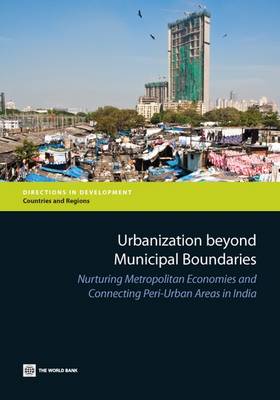Urbanization beyond Municipal Boundaries informs policy priorities to manage India's urbanisation. Incisive analysis of the patterns of India's urbanisation using geo-referenced data from various rounds of the population and economic census highlights rapid suburbanisation of people and firms around the country's largest metropolitan areas. However, the move to the suburbs is accelerated by land and housing shortages in metropolitan cores, coupled with high transport costs between the metropolitan core and its periphery, and much worse infrastructure access and quality for water, electricity, and sanitation in the urban periphery. What are priorities for policy reform?
First, investing in India's institutional and informational foundations that can enable land and housing markets to function efficiently while deregulating land use in urban areas. To achieve this, planning for land use and planning for infrastructure must be coordinated so that densification of metropolitan areas can be accompanied by infrastructure improvements.
Second, expanding and delivering better infrastructure services to improve liveability. Policy makers need to institute reforms that would help providers recover costs yet reach out to poorer neighbourhoods and peripheral areas.
Last, strengthening physical connectivity between metropolitan hubs and their peripheries to improve those areas that attract the majority of people and businesses over the medium term. Investments in network infrastructure alongside logistics improvements can facilitate the smoother movement of goods. Land policy, infrastructure services, and connectivity-coordinated improvements in this triad can help India reap dividends from improved spatial equity and greater economic efficiency that come with urbanisation.
- ISBN13 9780821398401
- Publish Date 30 March 2013
- Publish Status Active
- Publish Country US
- Imprint World Bank Publications
- Format Paperback
- Pages 122
- Language English
